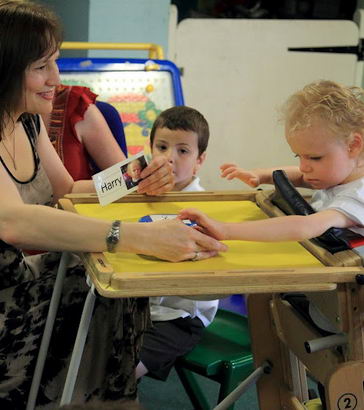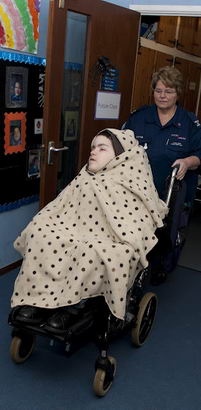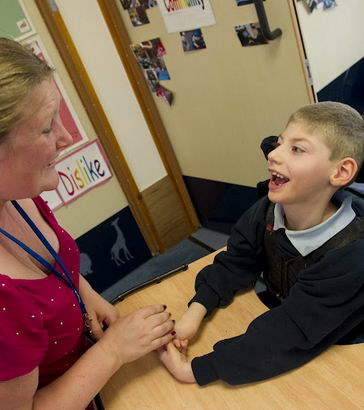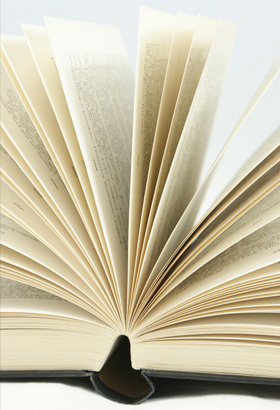
There are a number of questions relating to the care of those with PMLD that need to be looked at critically, not just in the school, but also in the home and in all places where care is provided (respite centres, after-school clubs etc.)
Maslow's Hierarchy of Need (1954) demonstrates that it is absolutely essential that staff, whether in school or out, actually do take care of such issues as pain, illness, hunger, thirst, cold, heat, discomfort, cramp, stress, uncertainty, confusion, anxiety, fear, tiredness, periods, epilepsy and diet that might worry pupils. Failure to do so will directly affect pupils' abilities to learn

Underpinning teaching will be many routines, which are very much under-rated and under-utilised opportunities to teach and learn. The act of going to the toilet (or, more probably for someone with PMLD, going to the changing area) is a real opportunity to learn, provided exactly the same routine is used every single time by all members of staff. The same time(s) of the day, the same changing areas, the same language, the same object cues, the same verbal cues (of, say, 'One, two, three, lift') when changing pads etc.

Ensuring consistency in routines allows pupils to build upon previous learning experiences and have many hundreds of opportunities to practise and learn.
Other routines that must be consistent if real learning is to be derived are:
- Arriving at and leaving school;
- Lunchtimes;
- Break times;
- Assemblies;
- The start and end of the day;
- The start and end of lessons.
Cues that help establish these routines include using music, smells, touch cues, object cues, etc. Once the routine has been regularly established and reinforced, there will be real opportunities for subtle interactive moments of sharing and being part of a collaborative process (Barber, 1994).

- What do we need to cover in the care curriculum? Can we make this a real educational opportunity?
- How can we involve the learner? It is really important that care is something done with learners not to them. There is a huge area of learned helplessness that can have severely detrimental psychological effects.
- Are we fully up to date with eating and drinking programmes? Is there consistency of approach in every setting?
- How are we tackling the vital issues of personal care through toileting, hoisting, lifting etc.? Are we ensuring that sufficient time is allocated? Are we building in regular routines for toileting etc that all follow so that these vital times are real learning opportunities?
- Are we relating the care curriculum to the teaching of PSHE, especially addressing the issues of control and negation?

What do you know about the medical and care needs of those in your classroom? What do you think you ought to know? Where can you find the information?
Considerable information on the nature of particular conditions and syndromes can be gained from the CaF Directory www.cafamily.org.uk and Wikipedia.

Barber, M. (1994) Contingency Awareness: Putting Research into the Classroom in Coupe O'Kane J and Smith B (eds) Taking Control. London. David Fulton.
Maslow, A. H. (1954) Motivation and Personality. New York. Harper.